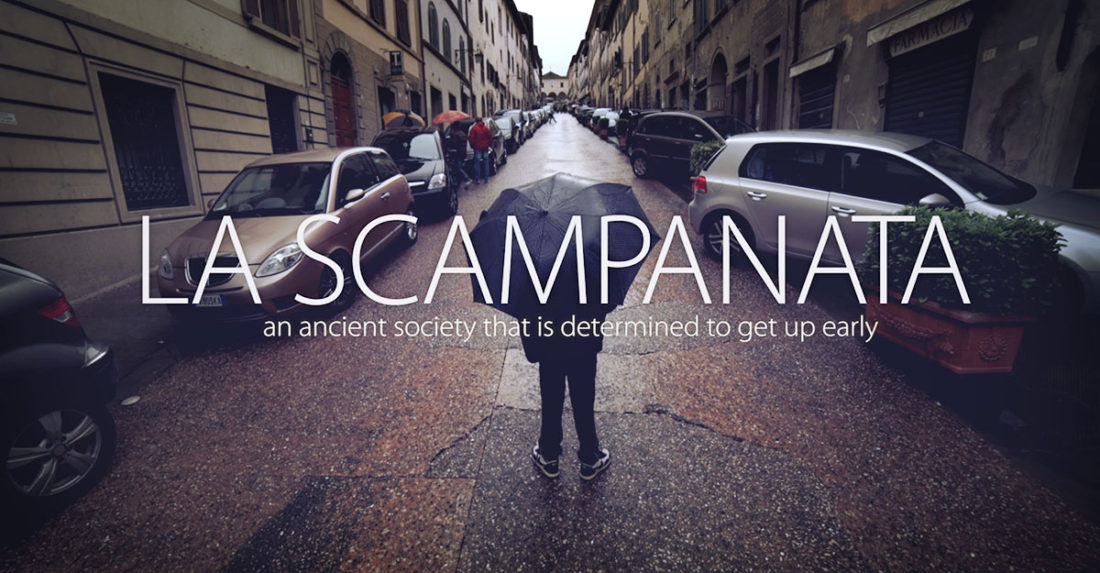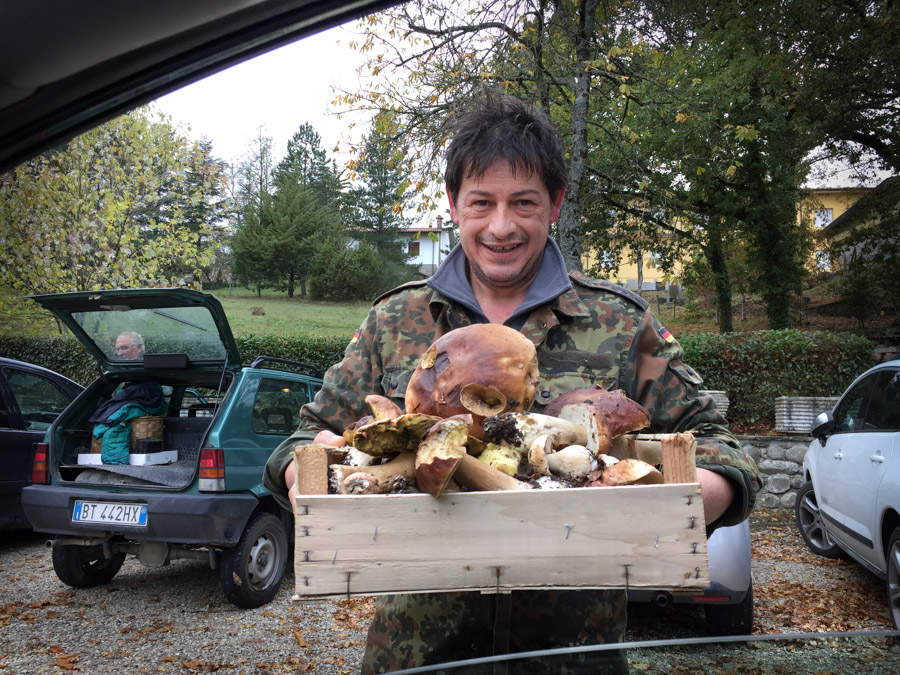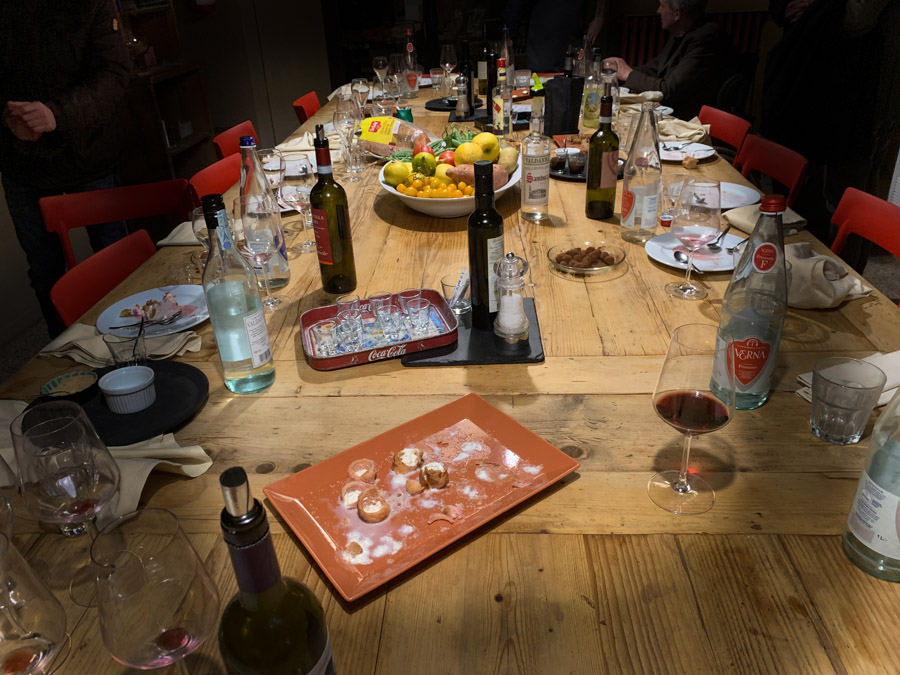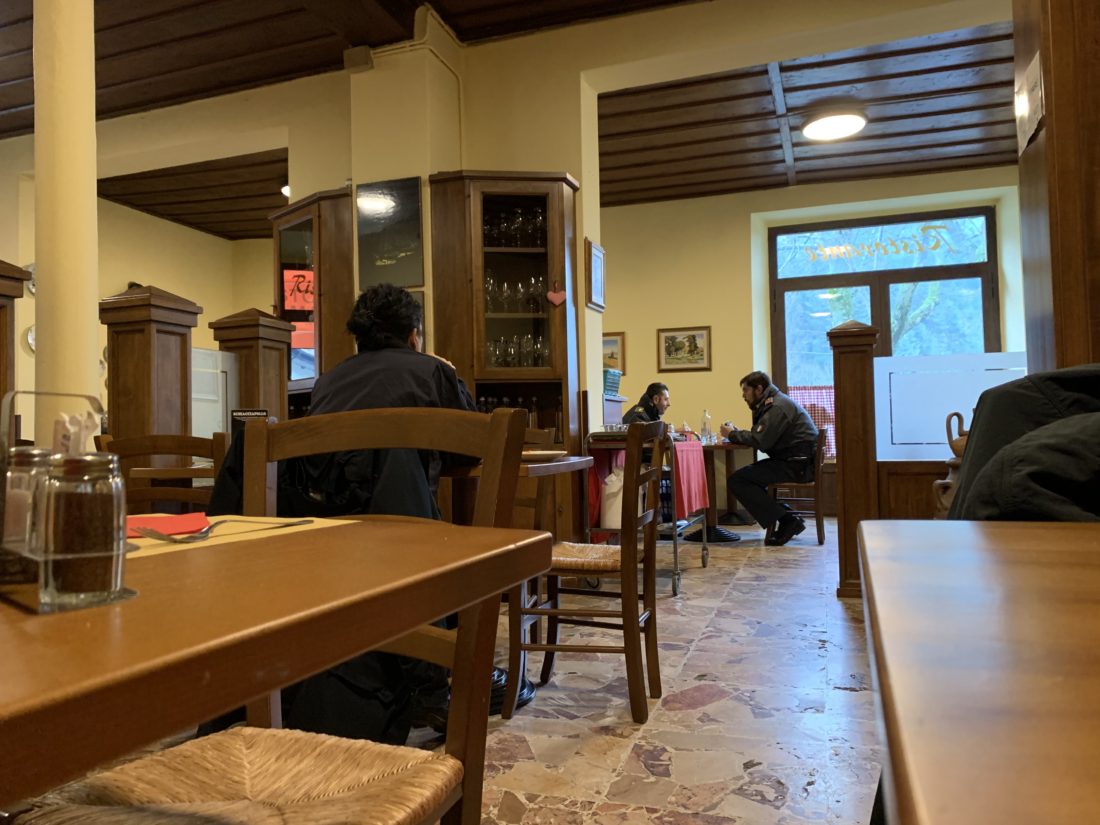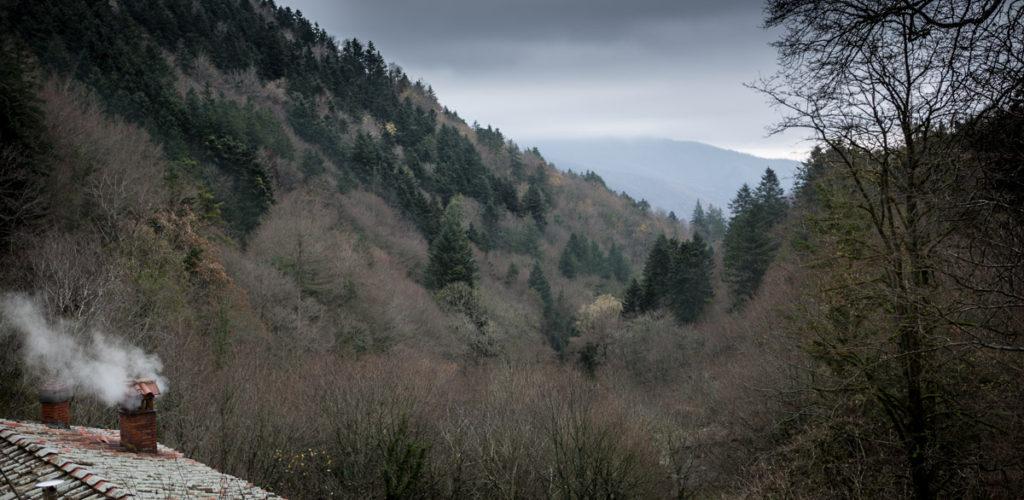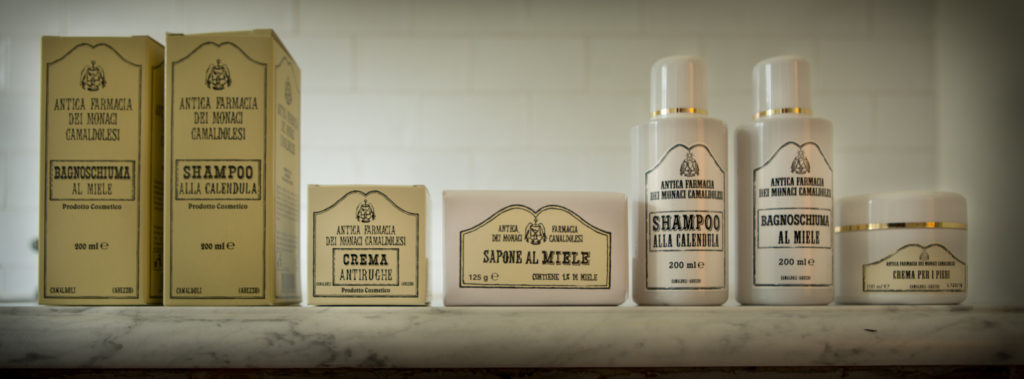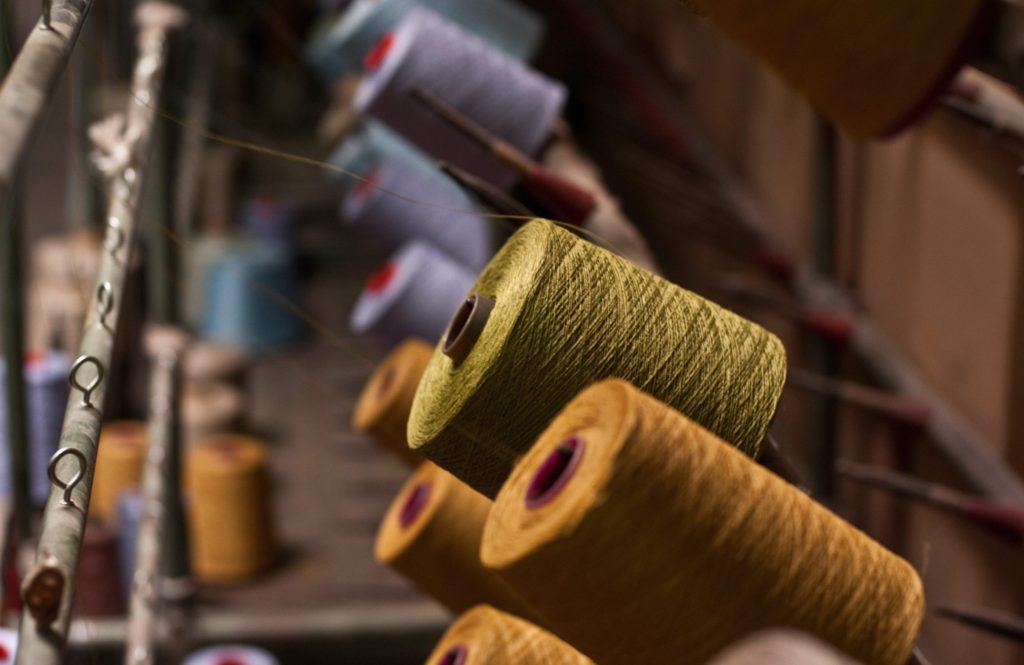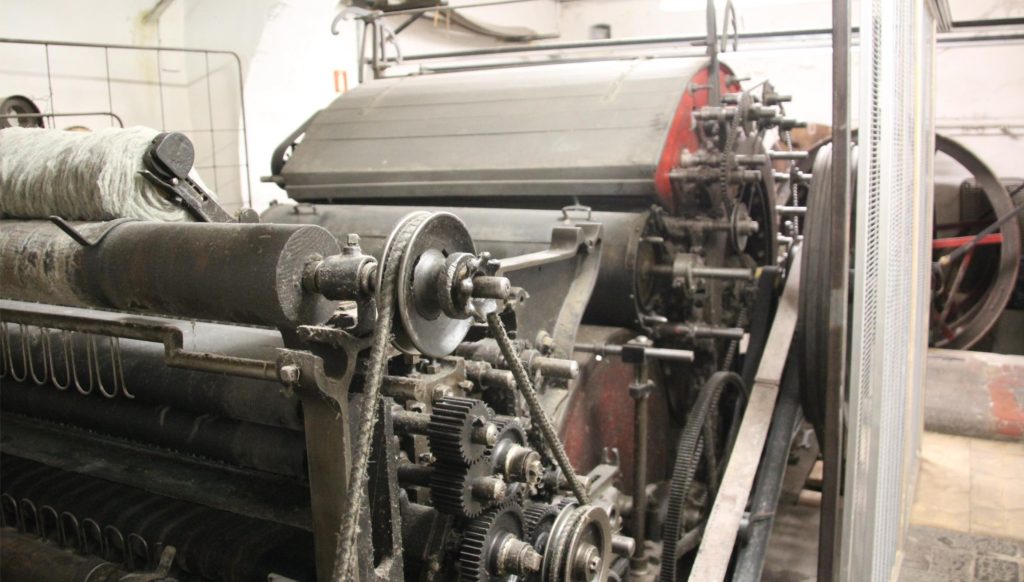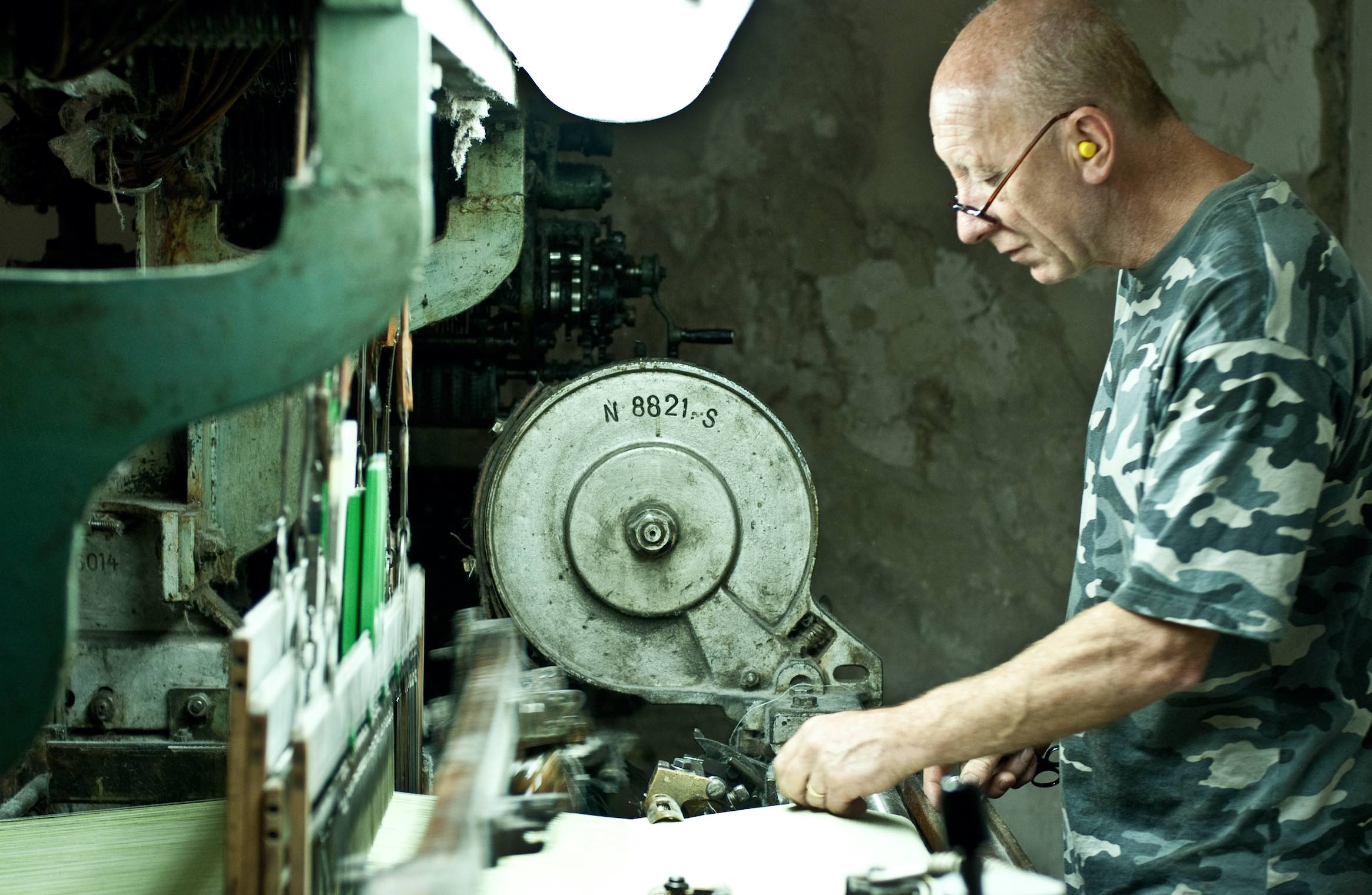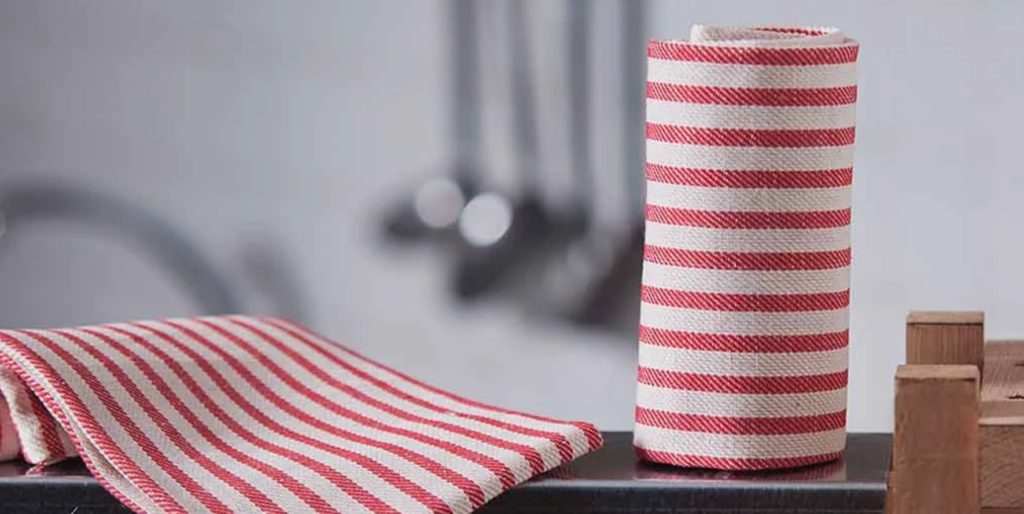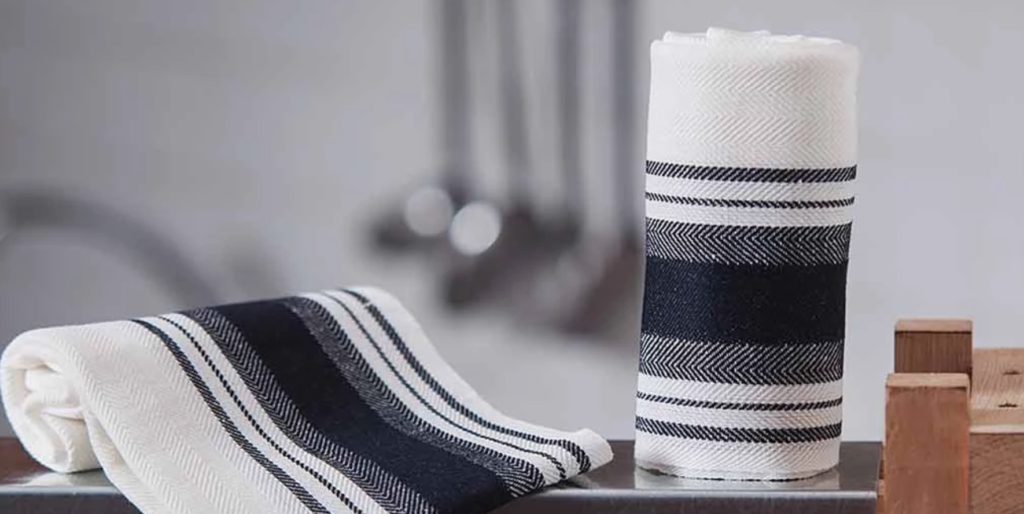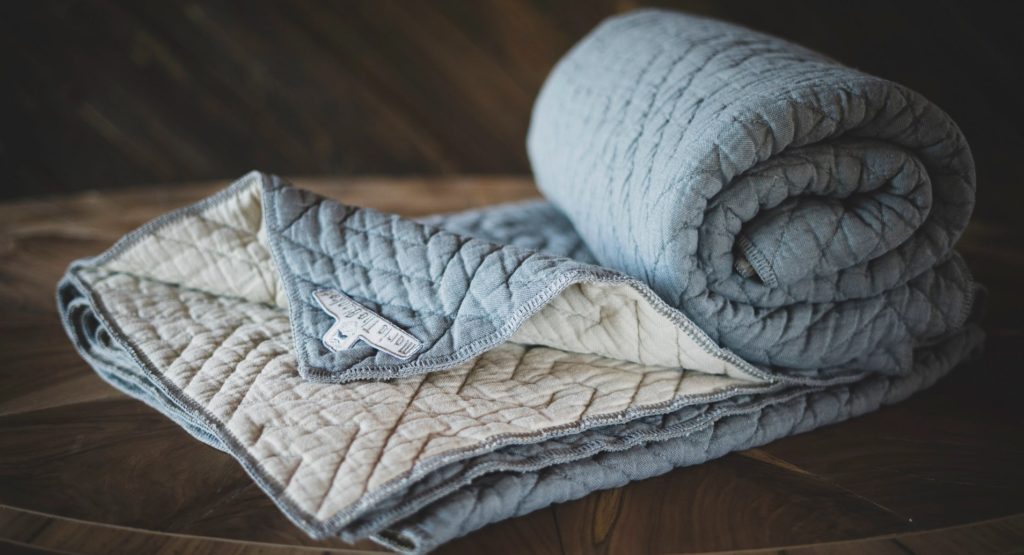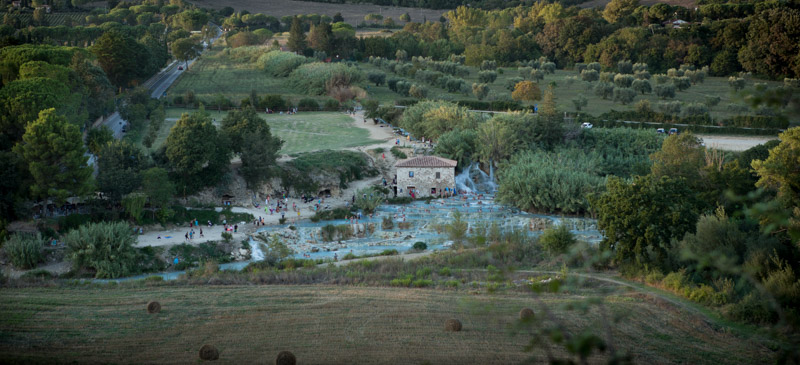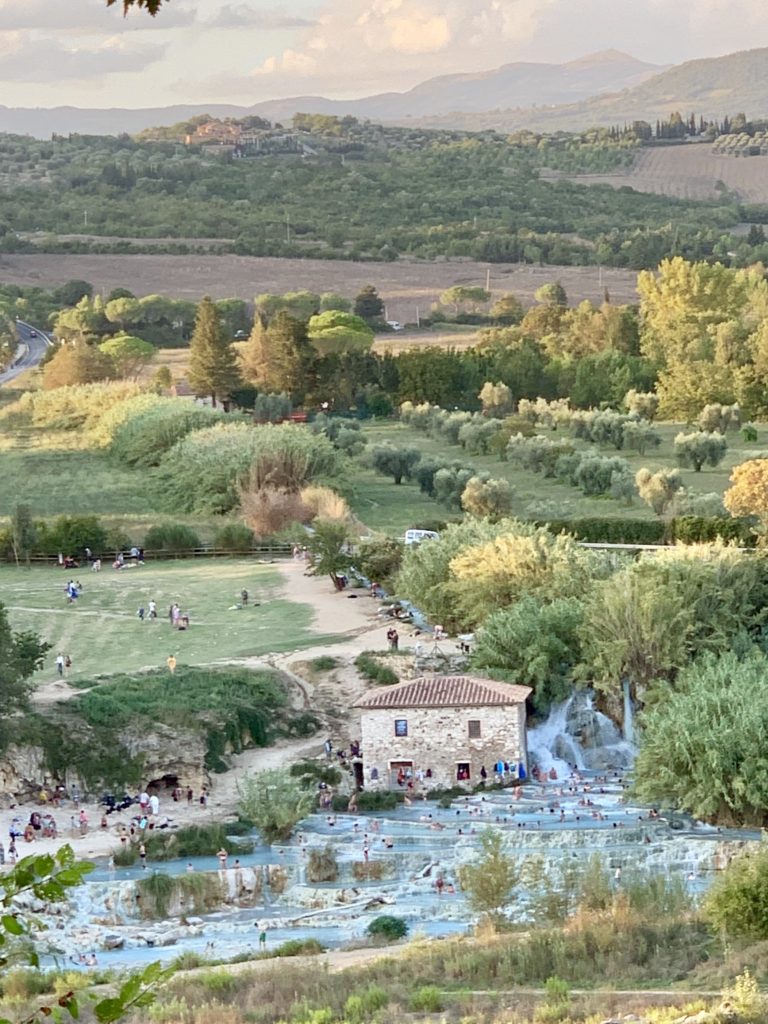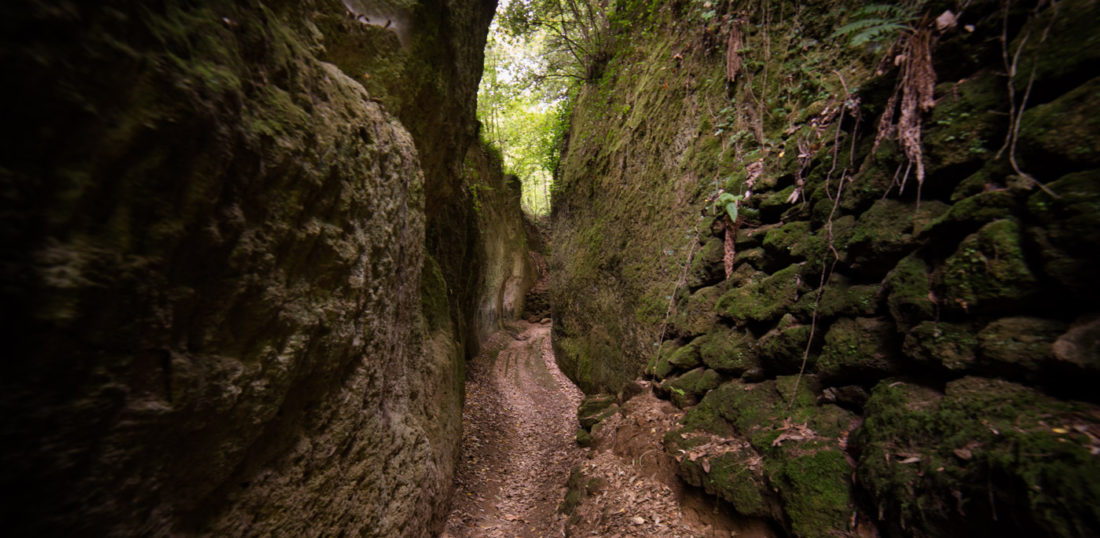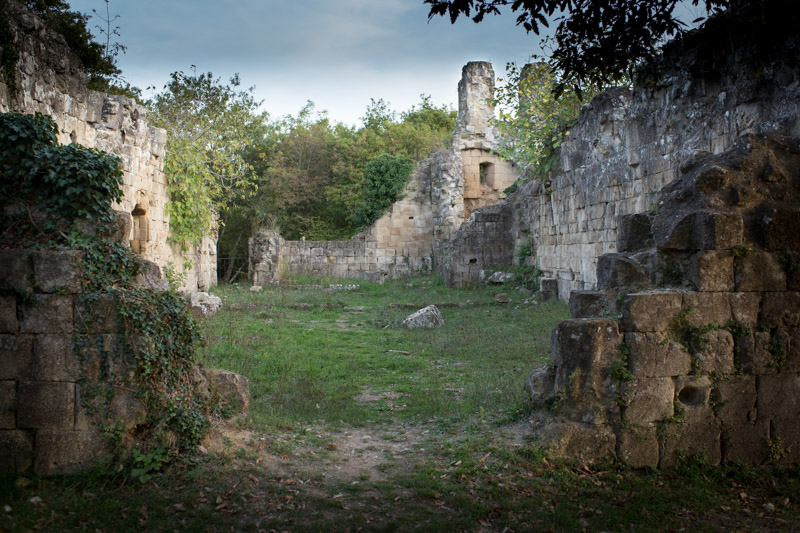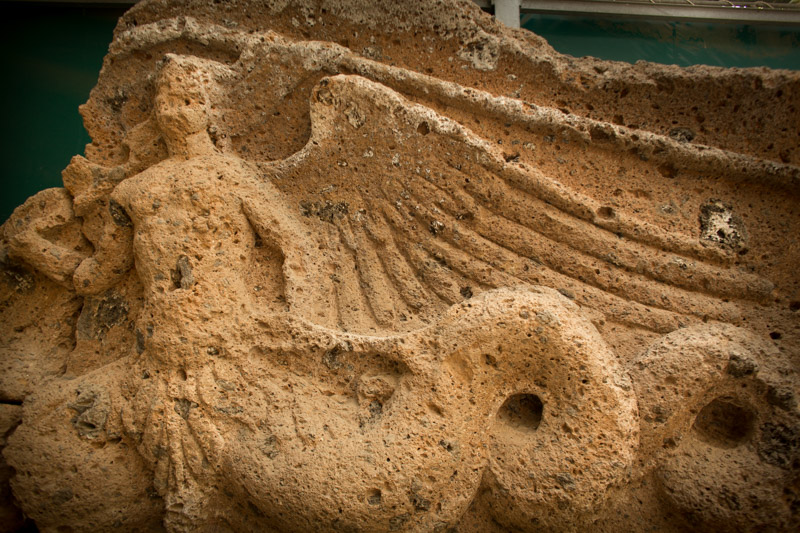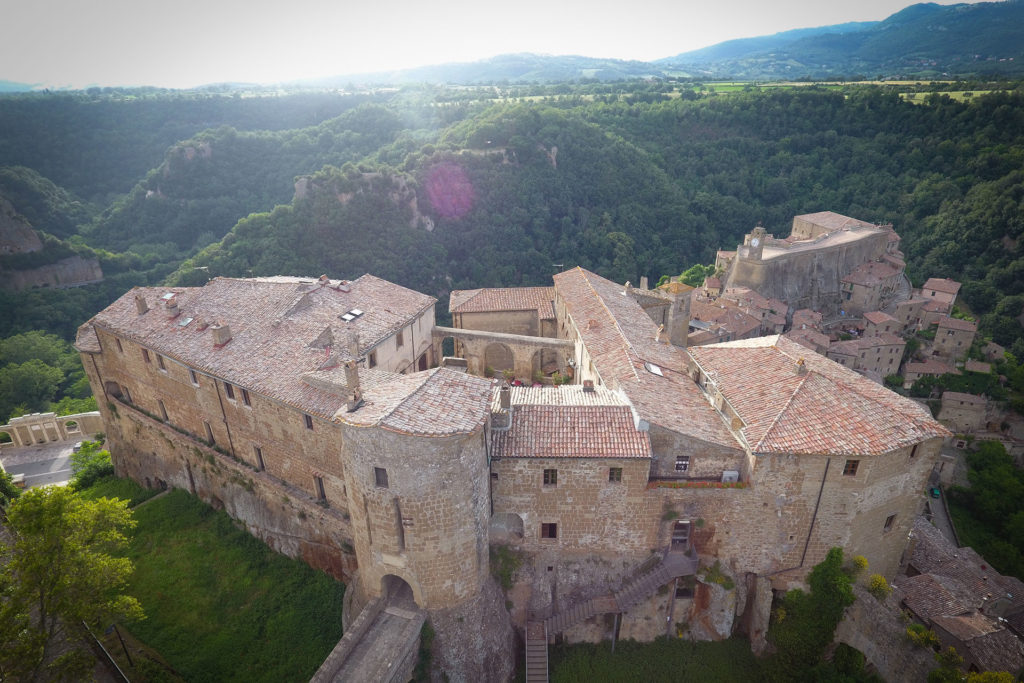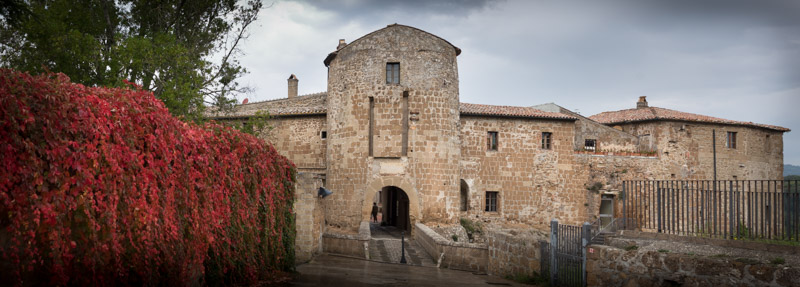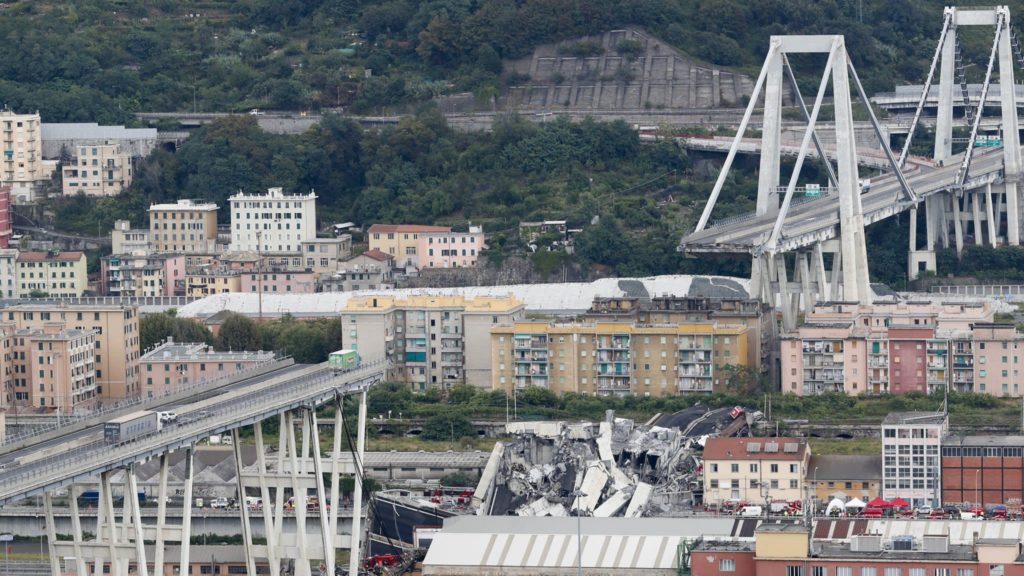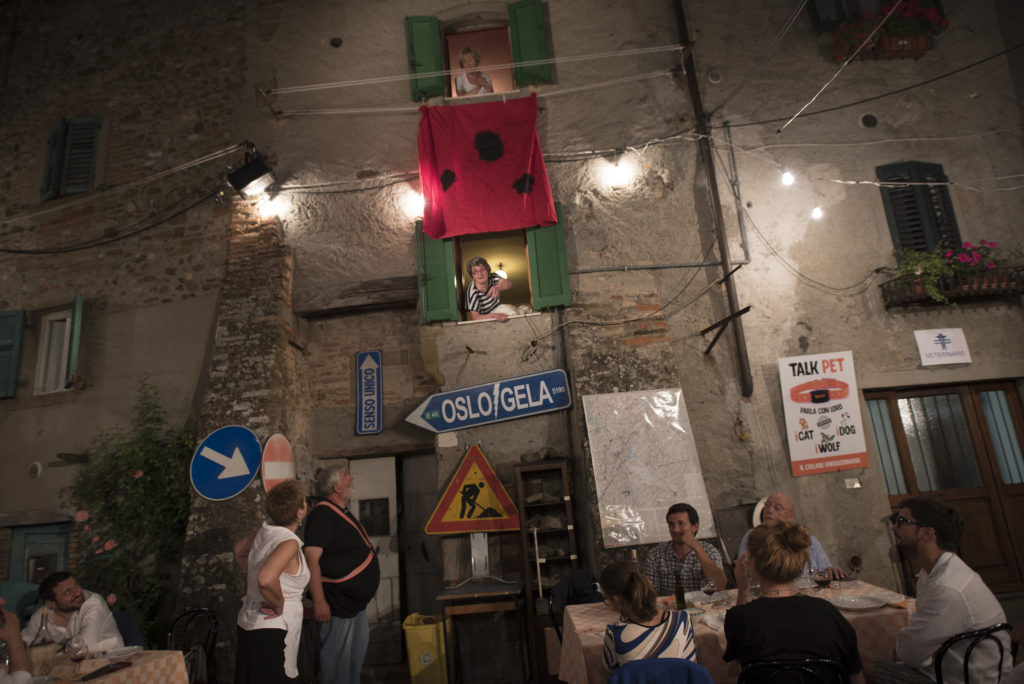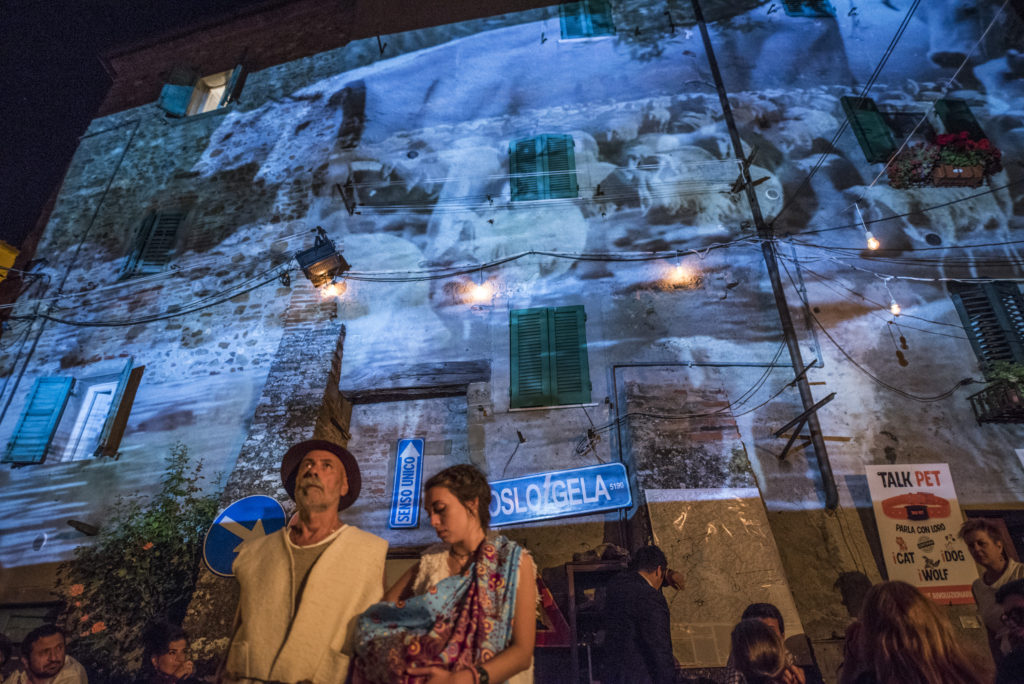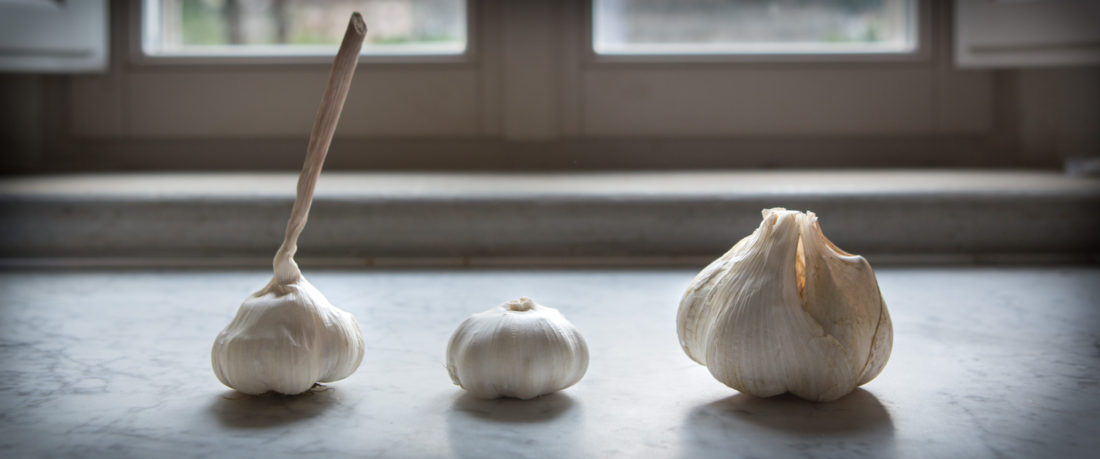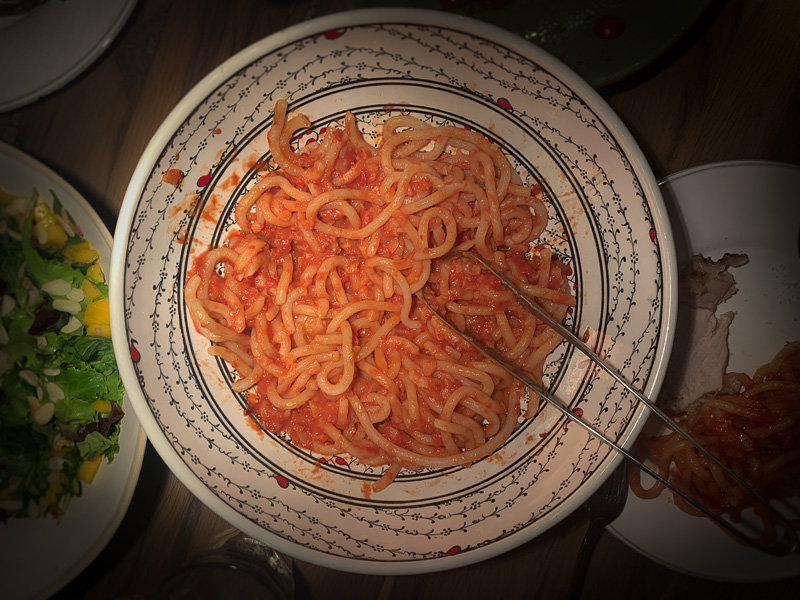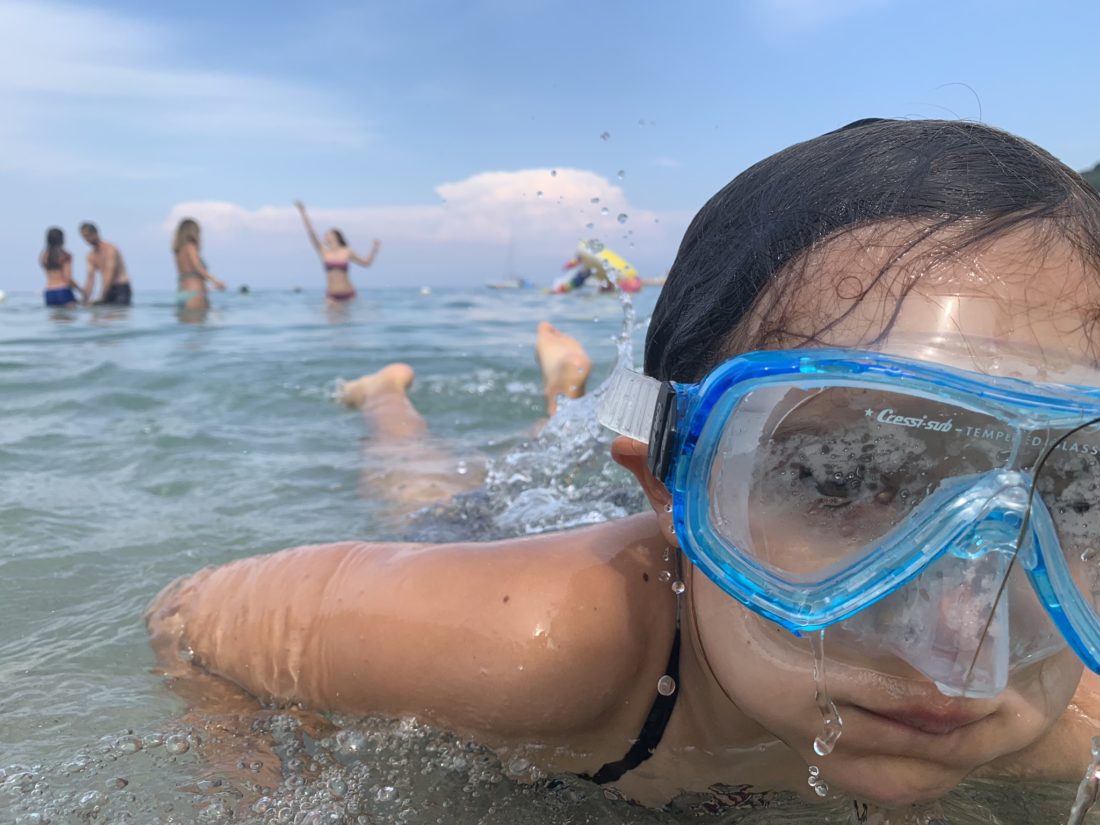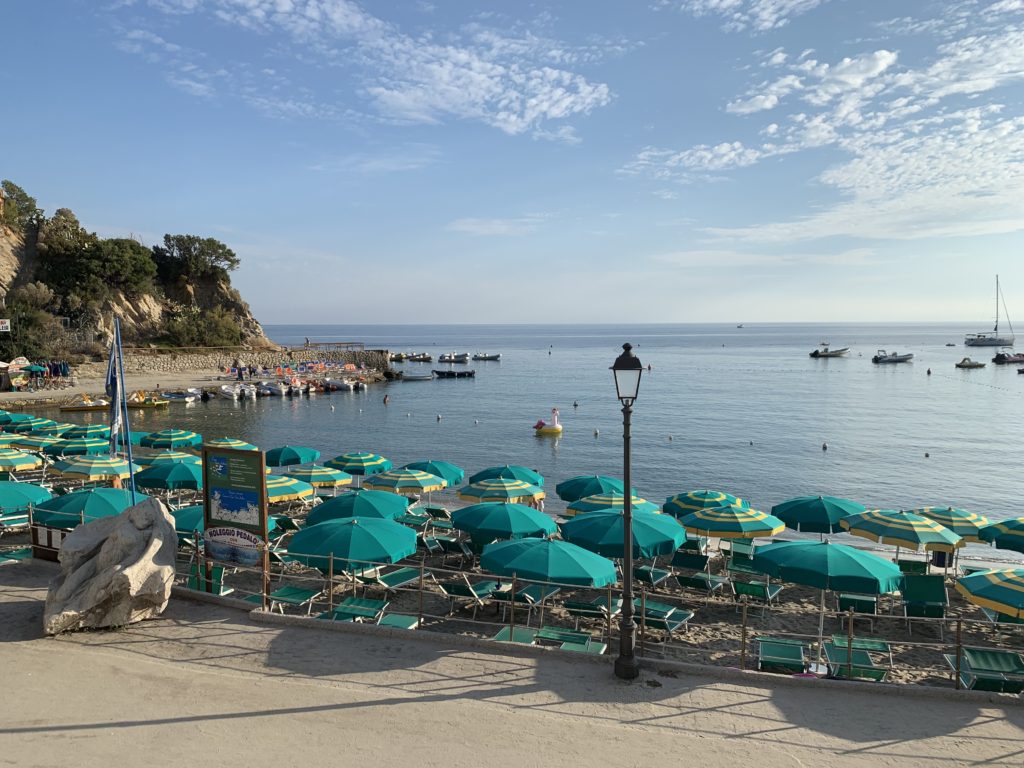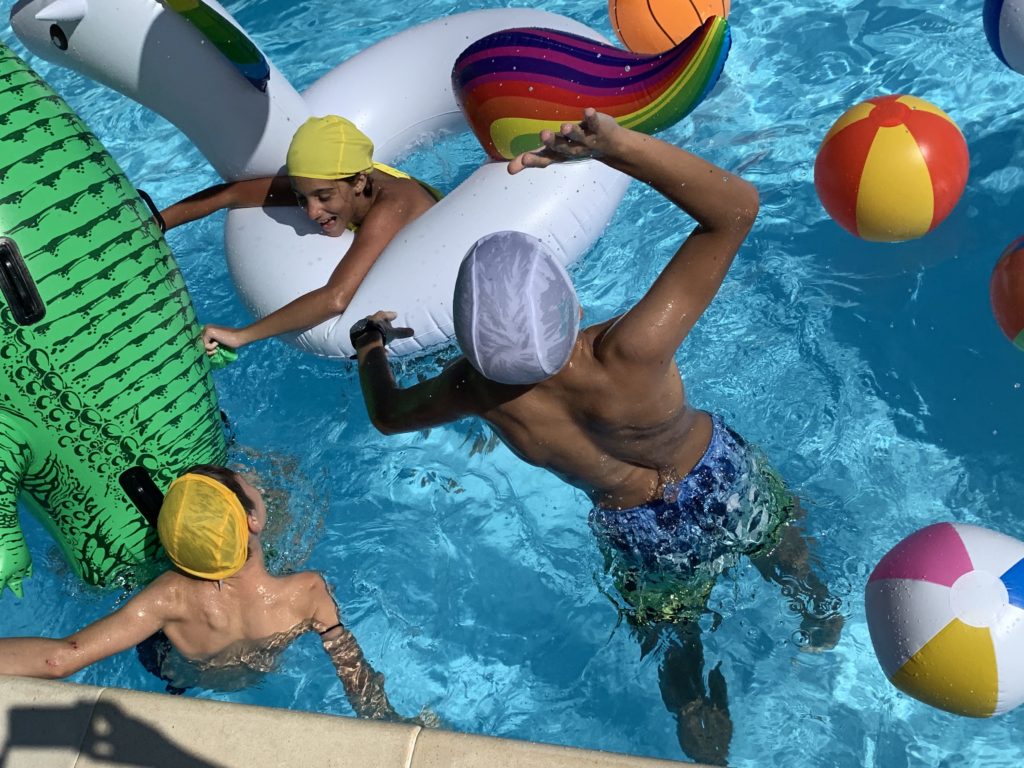Intrigue, humiliation, and cake batter
I am feeling wistful that today would have started the month of the Scampanata, which happens every five years, and only in Anghiari. It is one of my favorite things about our village. In 1621 it was described as an ancient village tradition and was only postponed during two World Wars. And now.
Please do me the honor of reading the description below and watching the video and let us all pause for a moment and appreciate the things that make us human and connect us and that we do for the sheer joy of it. The things that we will need to rebuild and reinvent. The things I miss the most. (Article below originally posted in 2019).
*************
I want to jump through the screen, grab you, and say “You will watch this. Now.” Then direct you by holding your shoulder, with no refusals allowed, to the best screen in your environment, and I’d click here. Cause this story and video are my favorites yet.
But I am sitting on a Tuscan terrace overlooking a valley filled with rolled hay and sunflowers eating cacio and pepe made by actual Romans so I can’t. Instead I will use my words, as I always used to tell the kids.
I am going to tell you about this event that embodies what I love about Italy—it’s highly-local, quirky, and resonate with deep human fears and joys. Every five years, in the village of Anghiari, an ancient rite unfolds, but with up-to-the-minute alliances, tricks, and grudges. It’s the Scampanta. The centuries-old society that ensures that the Anghiarese do not oversleep. (The verb scampare means to be a near thing, a close call.)
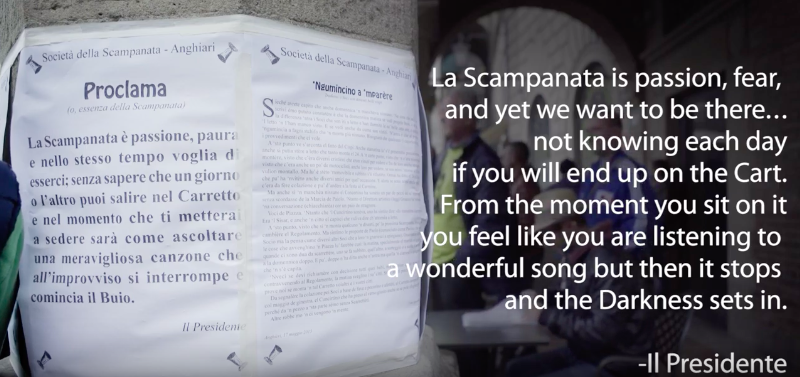
The rules are simple. You volunteer to join the Society of the Scampanata and show up in the piazza three times a week, in the month of May, by the time the bells strike 6 in the morning. And you sign in. That’s it. Sounds so simple. And harmless. The complication is that if you oversleep a fate worse than what you can imagine awaits—and we’ve all had pretty horrible dreams about the repercussions of sleeping through the alarm.
Trouble is, it may not just be up to you and your alarm. In a small community tiny slights can build momentum and every five years is about the right pressure-release timer to get back at that person who always parks in your spot, or hasn’t mowed the meadow as promised. And as you need to be born in Anghiari, or a resident for at least ten years, to participate the social connections are deep and complex.
If you are late to check in you turn yourself over to the Society for your fate. If you live out of town there are people who will drive to your house to fetch you—sometimes with a police escort. Some days during the month everybody is there on time and you can feel the sense of disappointment in the assembled crowd.
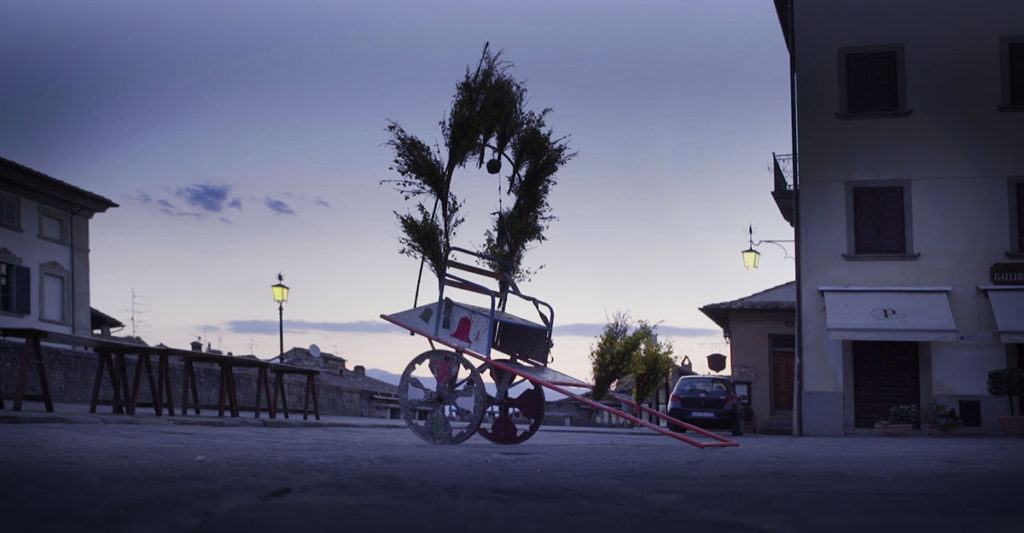
You really need to see the video to see what fate awaits those who oversleep or are somehow prevented from arriving in time. Some unfortunates have woken up to find their front door bricked shut during the night. Others have had their cars lifted onto blocks in the wee hours and all four tires removed. Still others have been convinced by friends to go with them to play a trick on someone far from town and had the tables turned—finding themselves fooled into getting out of the car and then stranded in the woods.
It must have been really hard to make sure you woke up on time in the days before alarm clocks. There’s a history of Anghiari that was written in 1621 that refers to the Scampanata as an ancient event at the time. Not hard to imagine that its roots run deep into Spring rituals around the need to plant and till the land.
And it is unique. No other place on Earth has the Scampanata.
Next time you want to hit the snooze button just remember the lyrics of the Scampanata song:
“Scampanata, scampanata
in Spring you return to our halls
to visit the lazy who stay in bed
to break their sleep and their balls”


